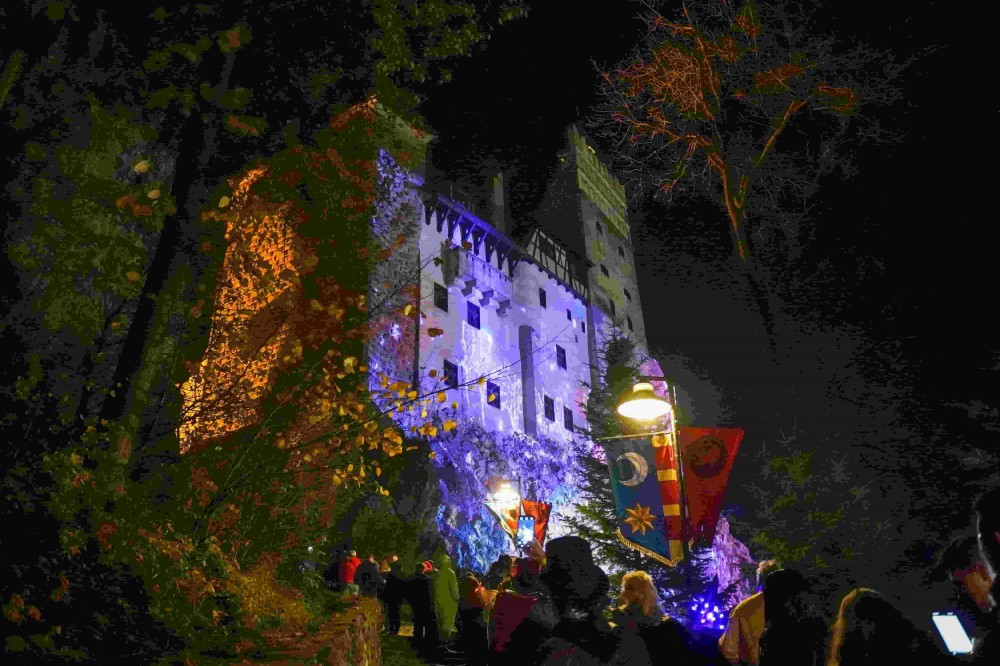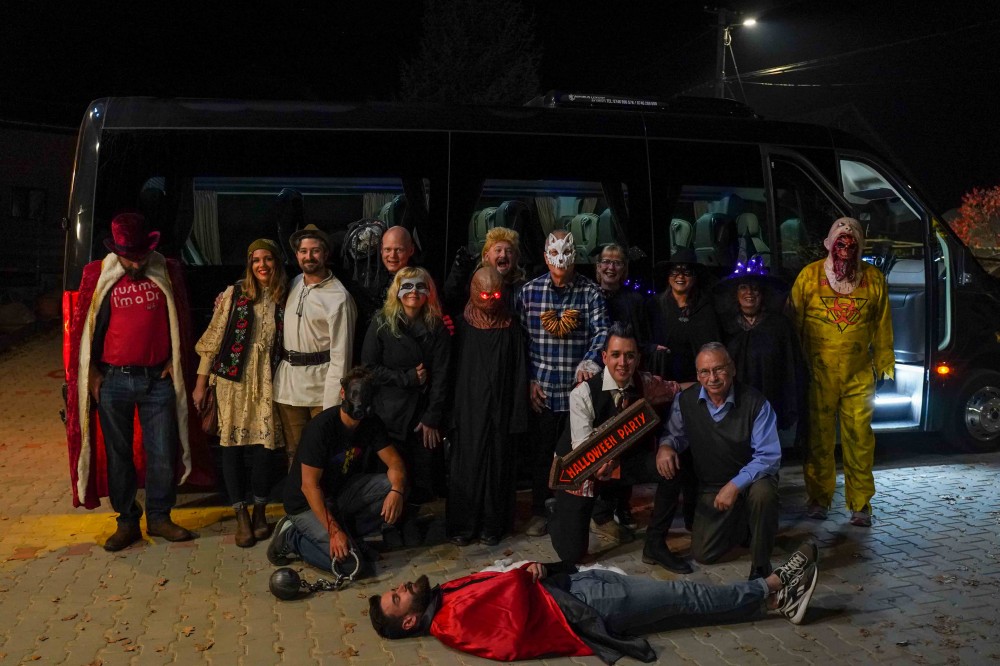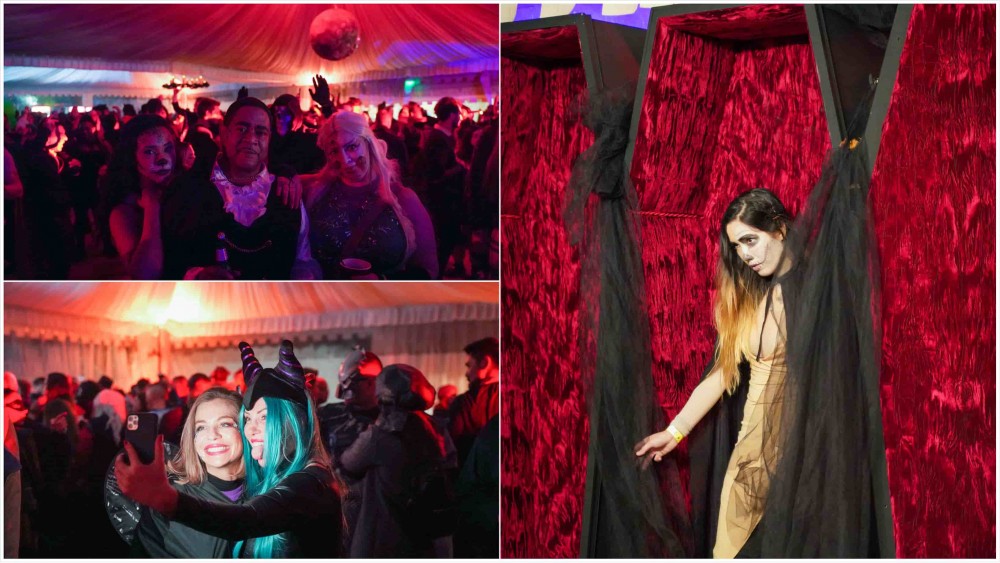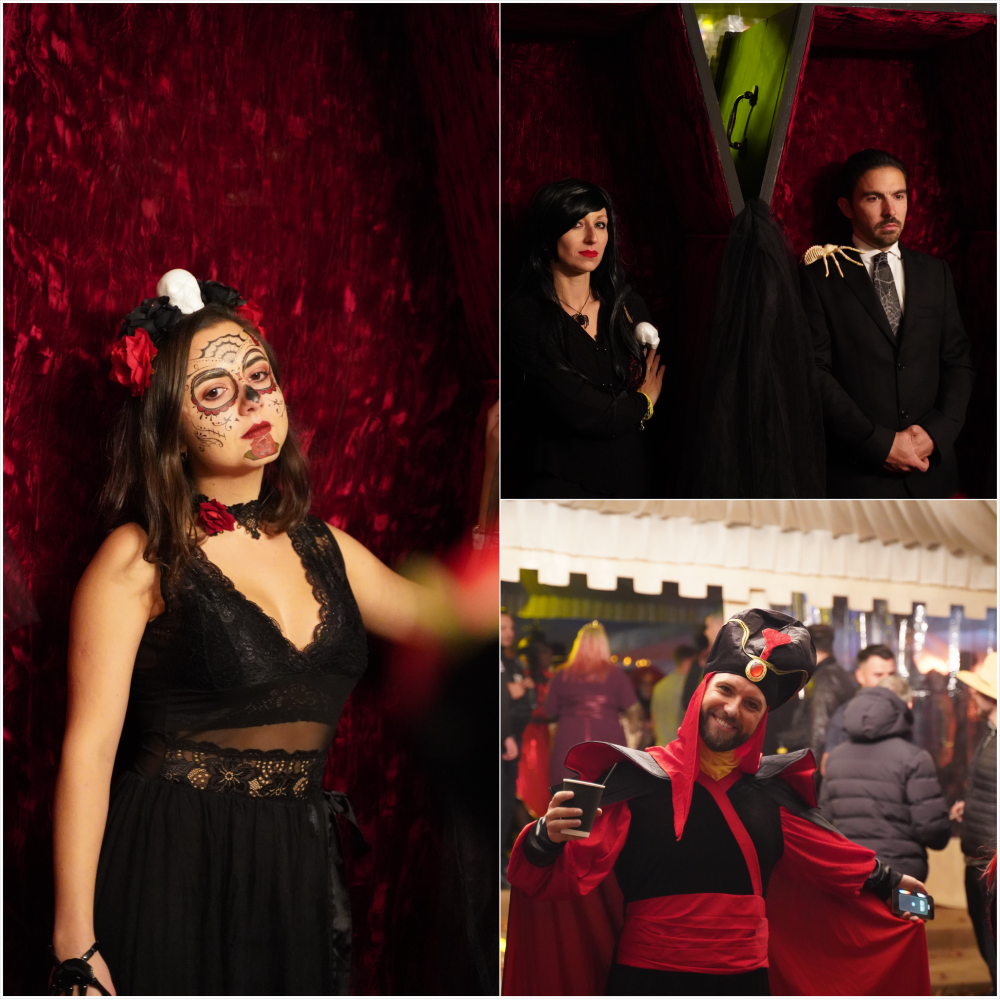Halloween in Transylvania 2022 – How was our 8 days trip to the spooky party at Bran Castle
Discover Romania
Transylvania is a must-visit location, especially during the spooky season. This is the birthplace of the notorious Dracula, also known as Vlad ‘’The Impaler’’ Tepes, so you don't want to miss it. Especially not on the most special and frightful night of the year, when ghosts, vampires, werewolves, and many other living or unliving visit Dracula at home.
The party is organized on the Saturday before Halloween. Last year, it was on October 29th, and this year, it is on October 28th.
Our eight-day tour began in Romania’s capital, Bucharest, and showcased Transylvania’s highlights, some of which kept to the theme and included ghosts, vampires, and frightful fun. Bucharest was initially documented by Vlad the Impaler in 1459, marking the first time the city's name was officially recorded. The significance of this document lies in the fact that it confirms the city's existence with its specific name.
Before this, Bucharest had already functioned as an urban settlement and market, predating the establishment of the medieval state of Wallachia. The Lord of Wallachia had also issued various official documents from Bucharest, indicating its status as a royal residence. However, it was Vlad the Impaler who first mentioned the city in a formal record.

The tour included Sibiu – the former Cultural Capital of the European Union, Corvin Castle – John Hunyadi’s castle and Vlad the Impaler’s mentor. One of the highlights before the Halloween Party was Sighisoara, the birthplace of Vlad the Impaler, son of Vlad II Dracul (Dragon). Sighisoara is the only medieval fortress that is inhabited in South-East Europe and is a UNESCO World Heritage Site.
And after almost a week of cultural city hopping, we were lured by the mysterious atmosphere of Bran, probably the world’s spookiest castle.
The monument is now associated with Count Dracula, the world's most infamous vampire, made popular through Bram Stoker's 1887 novel The Curse of the Undead. Count Dracula is believed to have been inspired by Vlad "The Impaler" Tepes, who is said to have been held captive at the monument for a short period.
The castle, built in the early 14th century, has a rich and varied history. During its long history, it was used as a military stronghold, a royal residence, and even a prison. Today, Bran Castle is a museum and tourist attraction that showcases its history and its connection to the Dracula story.
Every year for Halloween, Bran is themed and decorated with cobwebs, bats, and pumpkins, creating a mystical atmosphere for the guests. The highlight of the night is the guided tour of the castle, which takes visitors on a journey through its dark and eerie halls, complete with spooky stories and tales of its fascinating history.
So, after we arrived at the guesthouse in Bran, we unpacked our bags, threw away our boring day-to-day outfits, and transformed into frightful Halloween costumes. We were a group of witches, werewolves, a couple of undead Romanian farmers, a zombie, a zombie badger(!), and Vecna from Stranger Things!

During the tour we were led through the castle's dark and winding passages, encountering ghostly apparitions and creepy creatures along the way. The tour is both frightening and entertaining, and it is a must-see for Halloween enthusiasts.
Romanian folklore has a rich tradition of myths and legends about vampires and the undead. In Romanian folklore, vampires are known as "strigoi" and are believed to be the reanimated corpses of evil people who have returned from the dead to haunt the living. According to legend, a person can become a vampire in several ways, such as being born with a caul over their face or dying without receiving the last rites. Vampires are said to have supernatural powers, including the ability to shape-shift into animals, fly, and control the weather. They are also believed to be vulnerable to garlic, holy water, and sunlight.
Ielele is another mythical creature from Romanian folklore. They are often described as beautiful and seductive fairies with magical powers. They are often portrayed as mischievous and vengeful beings who can be both helpful and dangerous to humans. They are believed to be particularly active during the summer months, when they dance in circles in the forest and lure unsuspecting men to join them.
The Ielele are also associated with fertility and childbirth. According to legend, a woman who gives birth to a child during the time of the Ielele is said to be blessed with good fortune and protection from evil spirits.

After the tour, the Halloween party continued in the courtyard of the castle, where live music, dance performances, and magic shows kept us awake until late at night. The Halloween party at Bran Castle is a unique and unforgettable experience that should not be missed.
In conclusion, the Halloween party at Bran Castle is a unique and thrilling experience that should not be missed. It is an unforgettable celebration of the Halloween season, filled with excitement, mystery, and plenty of spooky fun.

Whether you are a fan of the Dracula story or simply looking for a memorable Halloween experience, the party at Bran Castle is the perfect destination. So why not come and celebrate Halloween in the home of Dracula this year?
